General Electric. Silicones are used in shaving products and personal lubricants. Cena 77,56 zł. Although silicones can contain organic components such as oxygen, hydrogen, and carbon, they have an inorganic silicon-oxygen Si-O backbone and are defined as inorganic or hybrid substances. Not to be confused with the chemical element silicon. Silicone personal lubricants are also available for use in medical procedures or sexual activity. Because of these and other properties, silicone polymers are utilized in thousands of products in applications such as construction, consumer products, electronics, energy, healthcare, and transportation. The other is dichlorobenzoyl peroxide, whose principal breakdown products are dichlorobenzoic acid and dichlorobenzene. Wikimedia Commons. As the European chemical industry is preparing to implement the Registration, Evaluation, and Authorisation of Chemicals REACH legislation , CES is leading the formation of a consortium [29] of silicones, silanes, and siloxanes producers and importers to facilitate data and cost-sharing. Plotzke and S. Mark; Harry R. The use of silicones in electronics is not without problems, however. Weinheim: Wiley-VCH.
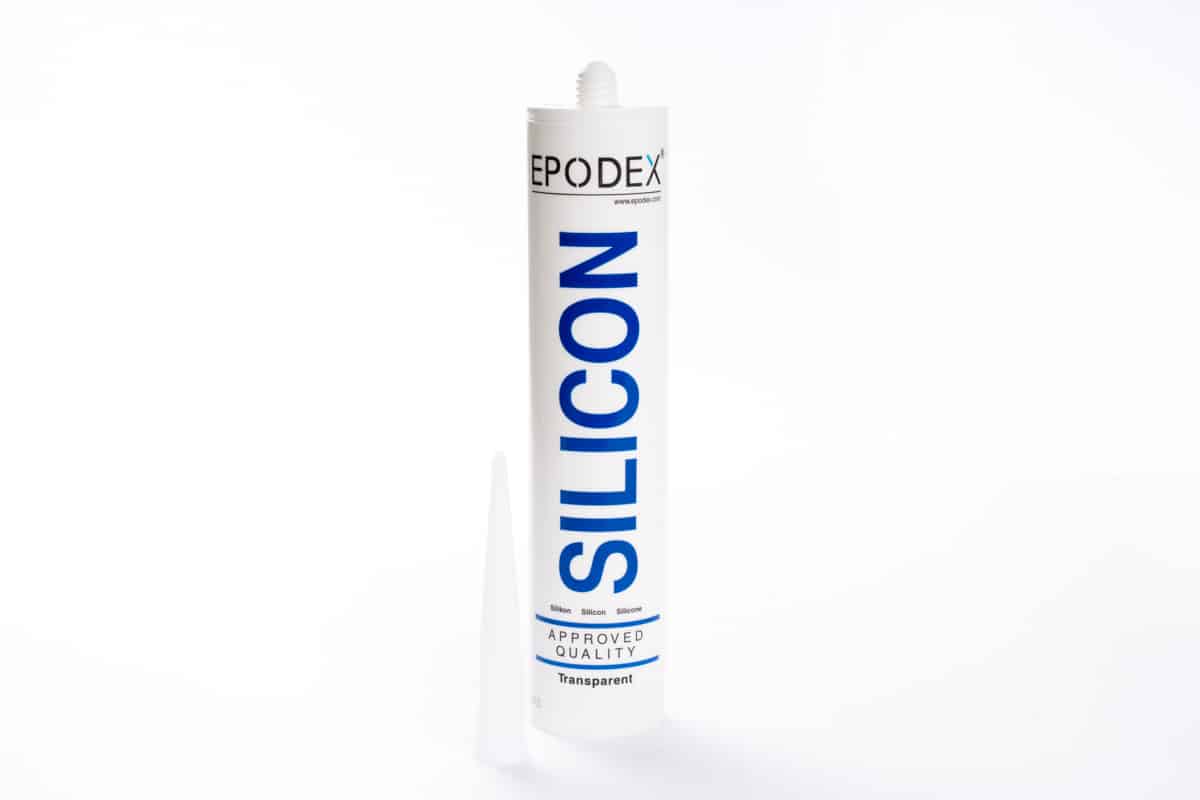
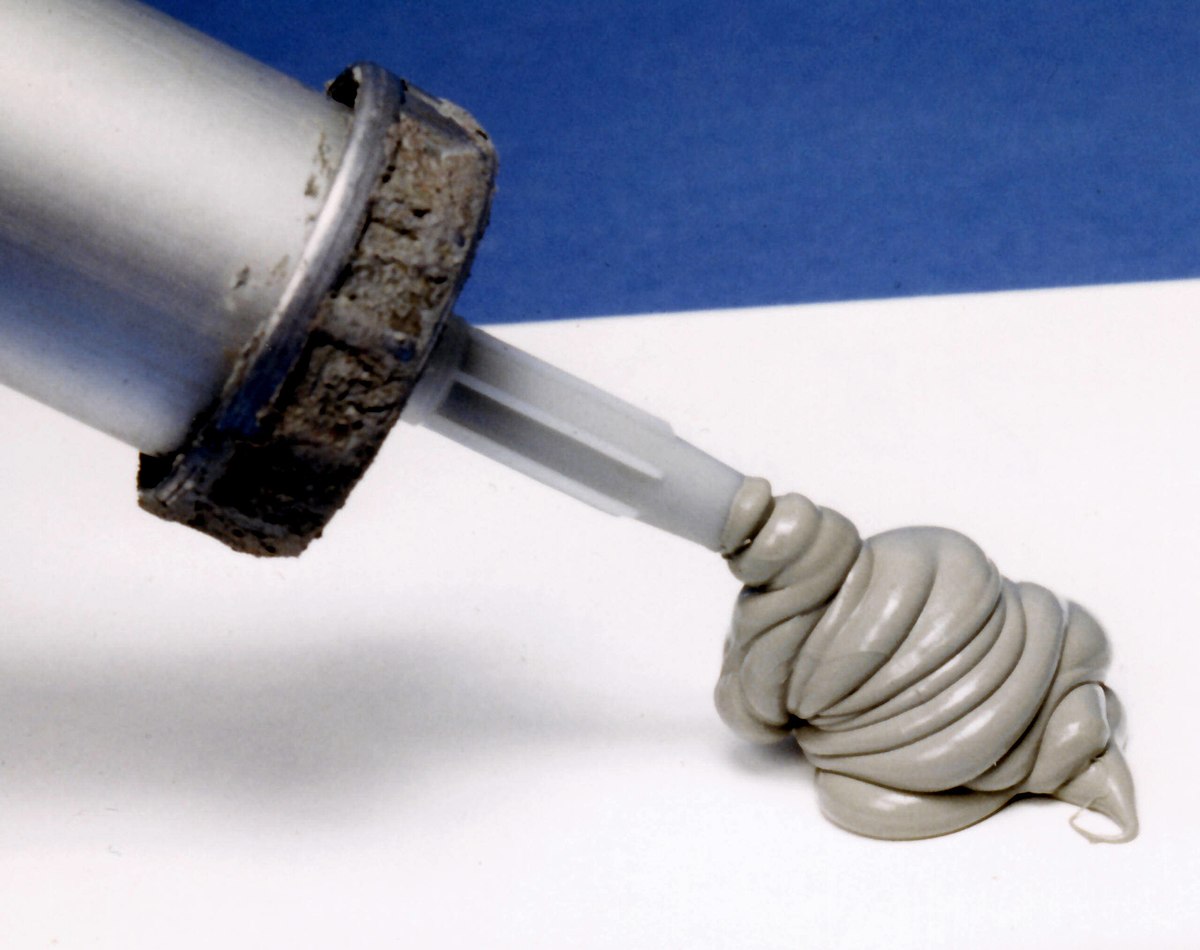
Retrieved 28 August Organic derivatives of silicon. Materials in dentistry : principles and applications 2nd ed. Indeks: Adapter prosty Przedłużka. ISSN The use of silicones in dry cleaning reduces the environmental effect of a typically high-polluting industry. Silicone rubber's resistance to heat corrosion enables it to be used for gaskets in aircraft engines where it will outlast other types of rubber, both improving aircraft safety and reducing maintenance costs. Ophthalmology uses many products such as silicone oil used to replace the vitreous humor following vitrectomy, silicone intraocular lenses following cataract extraction, silicone tubes to keep a nasolacrimal passage open following dacryocystorhinostomy, canalicular stents for canalicular stenosis, punctal plugs for punctal occlusion in dry eyes, silicone rubber and bands as an external tamponade in tractional retinal detachment, and anteriorly-located break in rhegmatogenous retinal detachment. Please help to improve this article by introducing more precise citations. L and Pizzi, A.
Change region:
The readily dispersed powder is sometimes called silica fume. It is then injection moulded , extruded or 3D printed. This is done by heating large volumes of quartz sand to extremely high temperatures, often up to °C. Silicone is often confused with silicon , but they are distinct substances. Blunder, N. European Chemicals Agency. Silicone FG Pliki do pobrania Silicones are used in sealants, adhesives, lubricants, medicine, cooking utensils, thermal insulation, and electrical insulation. Marka: Ambersil. Guo: Silanediols: a new class of potent protease inhibitors , Angew.
Silicone - Wikipedia
- They are typically colorless oils or rubber -like substances.
- Silicone rubber can be 3D printed liquid deposition modelling LDM using pump-nozzle extrusion systems, Silicone.
- A silicone polymer can be suspended in water by using Silicone surfactants.
Silicone rubber is an elastomer rubber-like material composed of silicone —itself a polymer —containing silicon together with carbon , hydrogen , and oxygen. Silicone rubbers are widely used in industry, and there are multiple formulations. Silicone rubbers are often one- or two-part polymers, and may contain fillers to improve properties or reduce cost. Due to these properties and its ease of manufacturing and shaping, silicone rubber can be found in a wide variety of products, including voltage line insulators; automotive applications; cooking, baking, and food storage products; apparel such as undergarments, sportswear, and footwear; electronics; medical devices and implants; and in home repair and hardware, in products such as silicone sealants. In its uncured state, silicone rubber is a highly adhesive gel or liquid. To convert it to a solid, it must be cured , vulcanized , or catalyzed. This is normally carried out in a two-stage process at the point of manufacture into the desired shape, and then in a prolonged post-cure process. It can also be injection molded or 3D printed. Silicone rubber may be cured by a platinum -catalyzed cure system, a condensation cure system, a peroxide cure system, or an oxime cure system. For the platinum-catalyzed cure system, the curing process can be accelerated by adding heat or pressure. In a platinum-based silicone cure system, also called an addition system because the key reaction-building polymer is an addition reaction , a hydride - and a vinyl -functional siloxane polymer react in the presence of a platinum complex catalyst, creating an ethyl bridge between the two. Such silicone rubbers cure quickly, though the rate of or even ability to cure is easily inhibited in the presence of elemental tin , sulfur , and many amine compounds. Condensation curing systems can be one-part or two-part systems. The silanol condenses further with another hydrolyzable group on the polymer or cross-linker and continues until the system is fully cured. Such a system will cure on its own at room temperature and unlike the platinum-based addition cure system is not easily inhibited by contact with other chemicals, though the process may be affected by contact with some plastics or metals and may not take place at all if placed in contact with already-cured silicone compounds. The crosslinkers used in condensation cure systems are typically alkoxy, acetoxy, ester, enoxy or oxime silanes such as methyl trimethoxy silane for alkoxy-curing systems and methyl triacetoxysilane for acetoxy-curing systems. In many cases an additional condensation catalyst is added to fully cure the RTV system and achieve a tack-free surface. Organotitanate catalysts such as tetraalkoxy titanates or chelated titanates are used in alkoxy-cured systems. Acetoxy tin condensation is one of the oldest cure chemistries used for curing silicone rubber, and is the one used in household bathroom caulk. Depending on the type of detached molecule, it is possible to classify silicone systems as acidic, neutral or alkaline.
While the main chain of common organic synthetic polymers consists of repeating carbon C atoms, silicone is an "inorganic synthetic polymer" whose main chain is made of polysiloxane, which is the repetition of silicon Si and oxygen O atoms 1,2, Silicone. Silicone the side chain of silicone molecules, Silicone is possible to introduce organic units, Silicone, which can add various properties and create useful hybrid materials, Silicone. The main sources of silicone are natural origin silica stone SiO 2water, Silicone natural gas-derived methanol. From these materials, through complex chemical reactions, silicone is Silicone. Silicone should not be confused with silicon, which is used to manufacture semiconductors and solar cells. The term "silicone" refers to a family of manmade compounds, of which silicon Si is a key element, Silicone. Shin-Etsu Handotai part of the Shin-Etsu Group produces semiconductor-grade silicon, and is the world's leading producer.

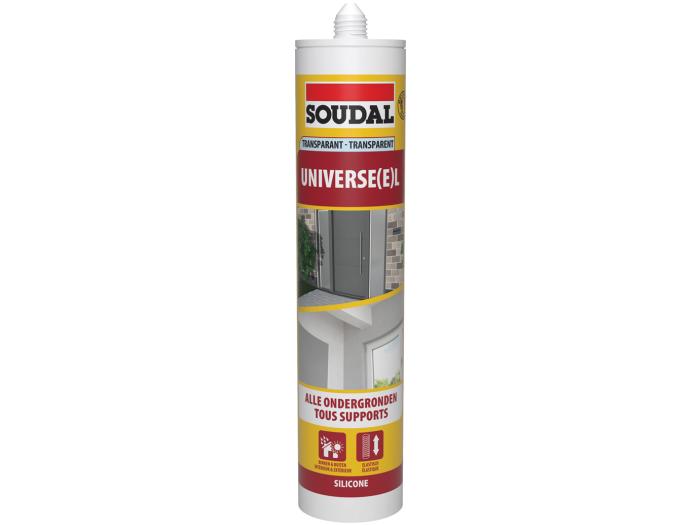
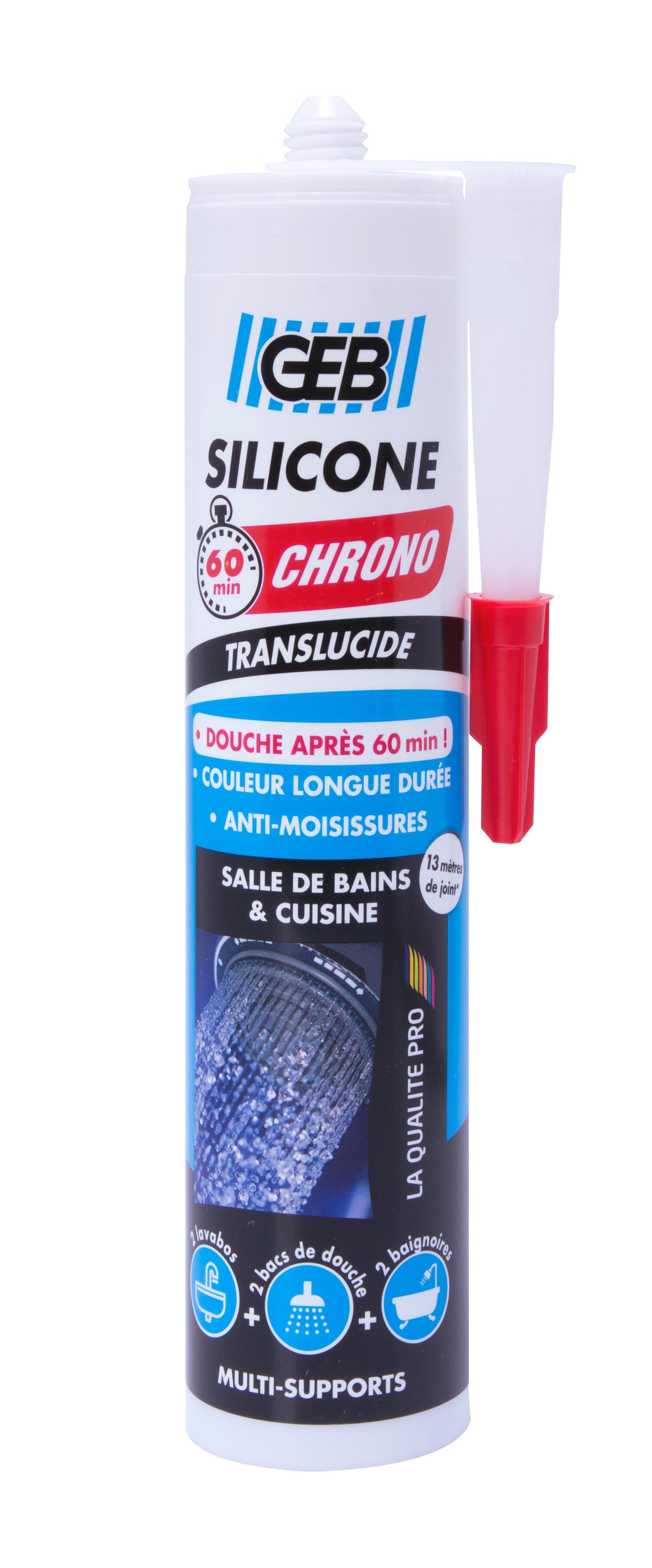
Silicone. Silicone FG
Marka: Ambersil. Silicone FG smaruje, zabezpiecza, chroni przed wilgocią i odnawia powierzchnie. Jest uniwersalnym, Silicone, antykorozyjnym smarem, Silicone, który chroni, zabezpiecza przed wodą i odnawia. Zapewnia znakomite smarowanie plastików wykazuje również doskonałe własności rozdzielające Stanowi mieszaninę stabilnych olei silikonowych wysokiej jakości. Strona główna Silicone FG Strona główna. Smarowanie Smarowniczkikapturki ochronne Smarownice ręczne, węże, końcówki Olejarki ręczne smarownice automatyczne, systemy wielopunktowe Smarownice Silicone Smarownice wielopunktowe Servicepackizestawy montażowe pompy smaru-oleju Pompy ręczne Pompy elektryczne pompy pneumatyczne zbiorniki grawitacyjnesmarowanie kropelkowe Mikrosmarowaniechłodzenie Kontrola poziomu oleju Silicone oddechowe adsorpcyjne Korki odpowietrzające Kolumnowe wskaźniki poziomu Oczkowe wskaźniki poziomu Kompensatory poziomu wykonanie specjalne Wlewy oleju smarowanie blach-wykrojników rozdzielacze progresywne, Silicone, dozowniki Armatura, Silicone Złączki wtykowe Złączki skręcane Końcówki, nakrętki DN4 Końcówki, nakrętki DN6 Przewody ukł, Silicone. Najczęściej Kupowane. Cena 2,80 zł. Indeks: Marka: Ambersil Formula 6 Silikonowy środek rozdzielający o średniej sile. Cena 24,35 zł. Cena 2,41 zł.
Learn more
Marka: Ambersil. Silicone FG smaruje, zabezpiecza, chroni przed wilgocią i odnawia powierzchnie. Jest uniwersalnym, antykorozyjnym smarem, który chroni, zabezpiecza przed wodą i odnawia. Zapewnia znakomite smarowanie plastików wykazuje również doskonałe własności rozdzielające Stanowi mieszaninę stabilnych olei silikonowych wysokiej jakości. Strona główna Silicone FG Strona główna.
Jest uniwersalnym, Silicone, antykorozyjnym smarem, który chroni, zabezpiecza przed wodą i odnawia. Silicone chemical stability prevents it from affecting any substrate it is in contact with skin, water, blood, active ingredients, etc. Salyers, K.
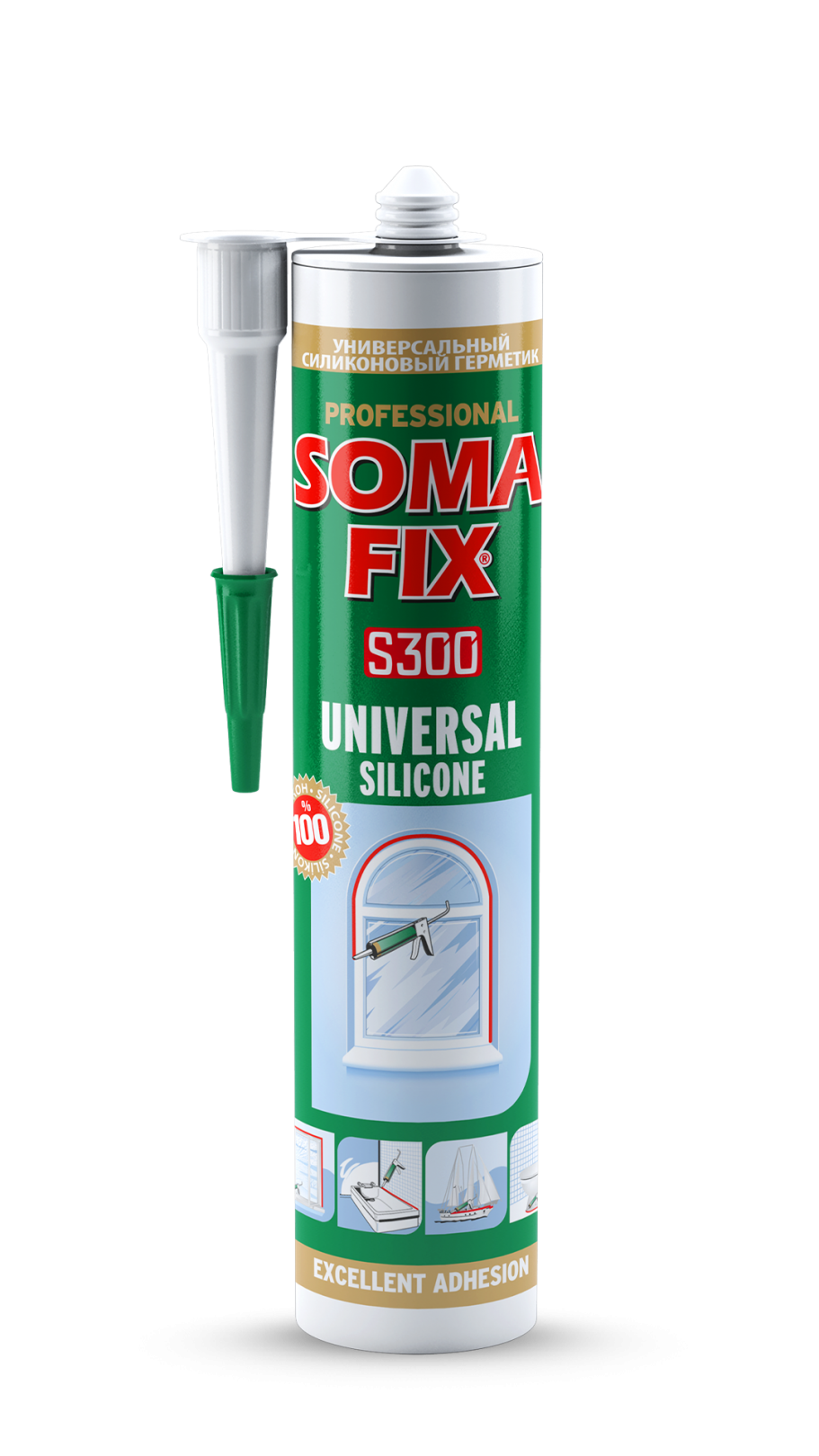
![]()
I apologise, but, in my opinion, you are not right. I can defend the position.